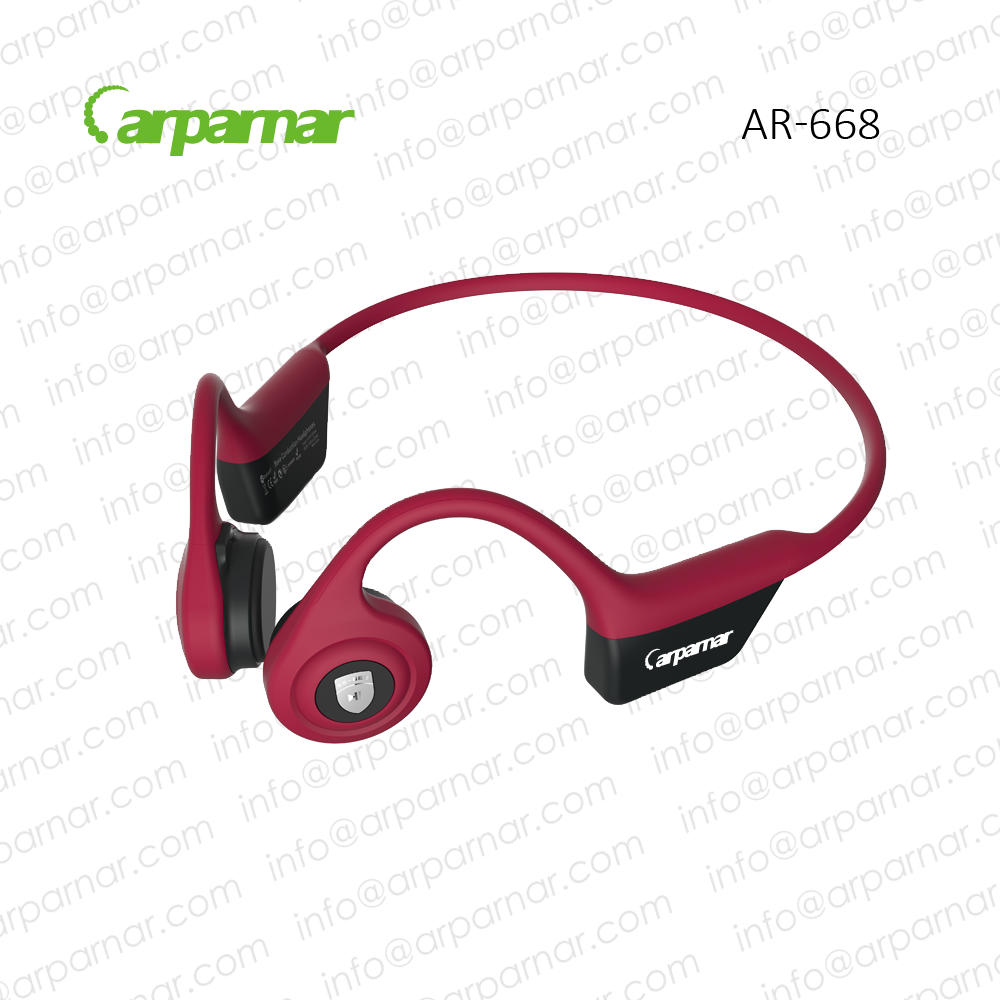Bone conduction allows you to hear sound through the vibration of the bones of your face (jaw bones and cheek bones). This means that the sound waves are bypassing the outer and middle ear (where the eardrum is located) and directly stimulating the inner ear (hearing organ).
Bone conduction technology has been around for many years as a tool to help those with hearing loss. Even Beethoven, who was hearing impaired, used bone conduction to listen to music by biting down on his composer’s wand that was touching the piano.
The following 4 major industries have benefited from bone conduction technology:
Hearing aid(s) users. Since 1977 over 100,000 hearing loss patients have been fitted with a bone conduction device known as a BAHA (Bone Anchored Hearing Aid). It just so happens that these headphones are also an ideal choice for people wearing in-ear hearing aids. That’s right, if you’ve never tried it, it’s definitely possibly to wear headphones while wearing hearing aids.
Military communication. The military was one of the first early adopters of bone conduction technology, implementing behind-the-ear style headsets for communication on the battlefield. This was a significant improvement to field communication because it allowed the user to retain full awareness of ambient sounds (since the headset sits behind and not in the ear) while also enabling the ability to transmit wirelessly through bone conduction.
Many local tactical units have also adapted this technology thanks to companies like Invisio.
Sports headphones. Bone conduction headphones have become increasingly popular in the music industry. What has been incorporated into the hearing healthcare industry for many years is now being utilized in the music media industry as a different way to listen.
In 2008, Audio Bone become one of the first mainstream bone conduction headphones to enter the sports headphones scene. They claimed equivalent sound quality while also allowing the user to hear ambient noises since the headphone didn’t actually cover any part of the ear. This technology has become increasingly popular among the every growing headphone community, particularly runners or cyclists who want both music and exposure to ambient sound (i.e. cars driving by) for safety.
Scuba diving. Using bone conduction underwater is totally awesome, there is no other way to say it. While this technology was actually patented as far back as 1996, Casio was one of the first to popularize this technology in scuba diving with their Logosease device.
This device is essentially an underwater transceiver that utilizes bone conduction coupled with ultrasound at a range of 32 kHz to enable wireless communication as long as you are within visual range.
Ambient noise solution. Even Apple is beginning to understand the benefits of creating earphones that allow the user to be fully aware of their surroundings, and improve speech recognition in ambient conditions.
